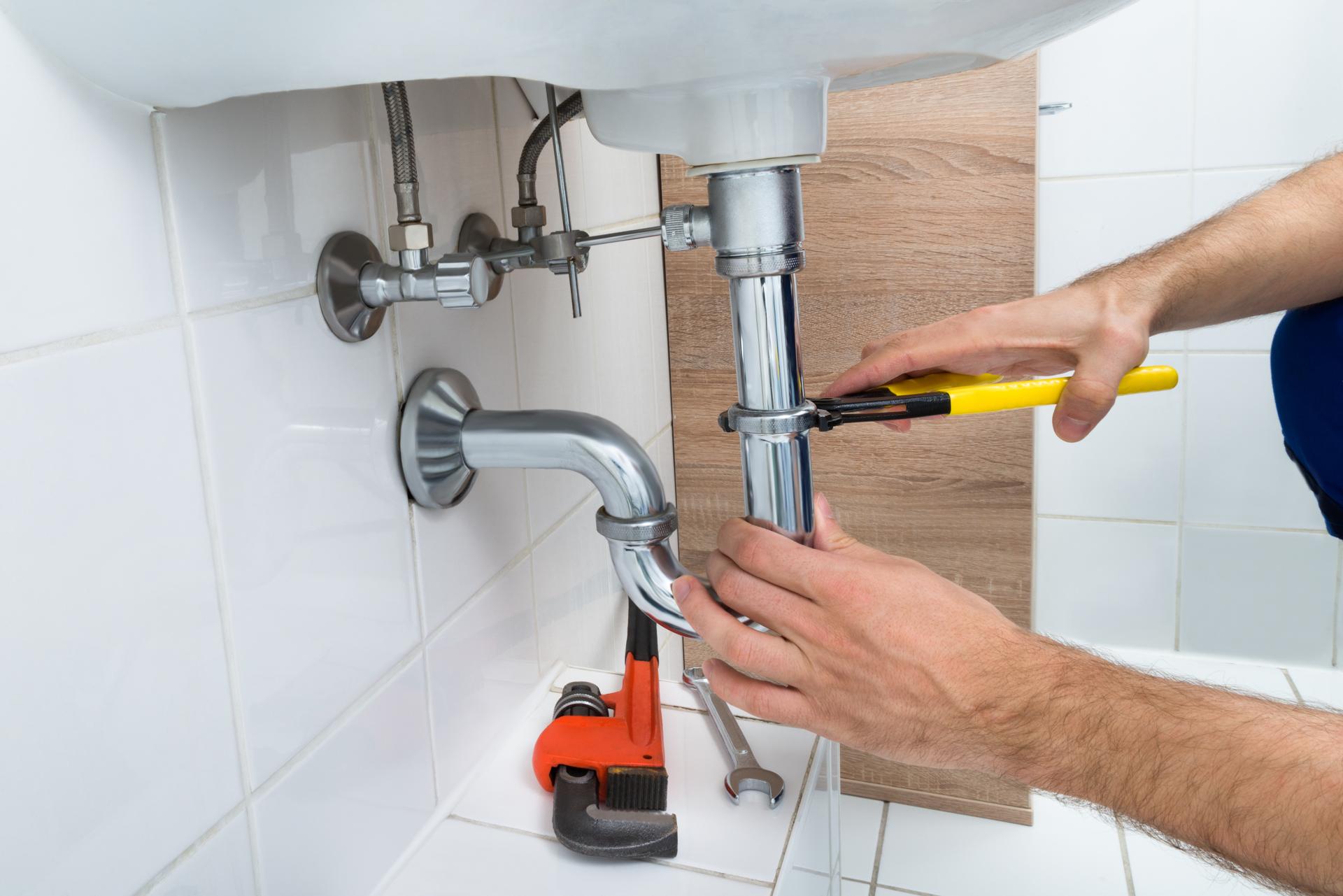The Ultimate Guide to Replacing Your Plumbing: What to Expect and When

Plumbing is an integral part of any home that provides us with clean water to drink, cook and cleaning, as well for the disposal of waste. But, just like every other system in your home, plumbing will eventually get old and need to be replaced.
Understanding when it’s time to upgrade your plumbing crucial to avoid expensive repairs and to avoid health risks. We’ll discuss the signs that indicate your plumbing needs to be replaced, what you should consider before replacing your plumbing, the procedure for replacing your plumbing and the advantages in replacing the plumbing, and an FAQ section to answer any questions you may have.
There are signs that it’s time to replace your plumbing
There are a variety of signs that indicate your plumbing needs to be replaced, for example: Leaks When you notice water spots or puddles in your home, it’s a sign of a plumbing leak. Leaks can cause serious destruction to the structure of your home and may lead to mold growth and it’s important to take action immediately. Rust: Rusty pipes are a clear indication that your plumbing requires to be repaired or replaced. Rust can cause a contamination to the water you drink, making it unsafe to drink or cook with. Low water pressure: If your showerheads or faucets are producing weak water flow is a sign of low water pressure that is caused by corrosion of pipes or blockages. Water discoloration, such as yellow or brown, is the result of sediment or rust in your pipes. This could affect the flavor and quality of your water. It could also suggest the need for plumbing replacement.
Factors to Consider Before Replacing Plumbing
Before you replace your plumbing there are a variety of factors to consider, including the age of your plumbing: Plumbing systems are designed to last approximately 50 years, so when your house is more than this, then it’s most likely that it’s time to replace. Cost of replacement replacing your plumbing could be costly, which is why it’s essential to budget for the expense. In the event of a plumbing problem that is severe If the plumbing problems are serious and affect multiple areas of your home replacing it could be the best choice.
What can you expect during the Plumbing Replacement Process
The plumbing replacement process involves several steps, including shutting off the water supply Your plumber will have to turn off the water supply to your house to avoid water damage or leaks. Removal of old pipes: Old pipes will need to be removed. This could require cutting through walls or floors. Installation of new pipes New pipes will be installed, and may require rerouting in order to ensure proper water flow. The time frame for replacing the plumbing will be based on the size of your house and the difficulty of the project. Homeowners should expect disruptions during the project, which could include water shut-offs, and possibly damage to floors and walls.
Benefits of Replacing Plumbing
Replacing your plumbing offers several benefits, including increased water efficiency: New plumbing fittings and pipes have higher efficiency, which means reducing the use of water and your energy bills. Improved water quality by replacing older, corroded pipes new ones will improve the quality of your water, making it safer to drink and cooking. A lower risk of future plumbing problems: New plumbing will be less likely to create leaks or clogs, reducing the requirement for costly repairs in the near future.
Conclusion
The replacement of your plumbing is an expensive purchase, but it’s vital to ensure your home’s safety and security. If you know the indicators that indicate your plumbing needs to be replaced, considering the elements that influence replacement and knowing what you can anticipate during the replacement process, you’ll be able to make an informed decision about your home’s plumbing. Make sure to remember that replacing your plumbing will provide many advantages, including improved water efficiency, improved water quality and less risk of future plumbing problems.
FAQ Section
How much will it cost to replace plumbing?
The cost to replace your plumbing will vary based on several factors, including how big your house and the difficulty of the project, and the type of materials employed. On average, homeowners can expect to shell out between $5,000 and $10,000 for a whole-house plumbing replacement.
How long does it take to repair plumbing?
The time frame for plumbing replacement will be contingent upon the dimensions of your house as well as the complexity of the job. Typically, a whole-house plumbing repair can take anywhere from two and four weeks.
Should I replace my plumbing system if there is a leak?
If you’re experiencing a single leak in your plumbing, it may not be a need for a complete replacement. If you’re experiencing multiple leaks or observe other indications of plumbing issues, a replacement might be the best solution.
Can I repair my plumbing myself?
The replacement of your plumbing is a complex task that should be delegated to the expertise of a qualified plumber. Attempting to replace your plumbing by yourself can lead to costly mistakes and potential security risks.
What kind of pipe will I need for my plumbing replacement?
There are many types of pipes that are suitable for plumbing replacement, including copper PVC, and PEX. Your plumber will recommend the most suitable type of pipes for your specific needs and budget. In conclusion, replacing your plumbing is an important decision that should be made with careful consideration. If you are aware of the indicators that indicate your plumbing needs replacement, considering the factors before replacement, and knowing what to expect during the plumbing replacement process, you’ll be able to make an informed decision about the plumbing of your home. A qualified plumber will assist you in the procedure and ensure a successful and efficient plumbing replacement.
